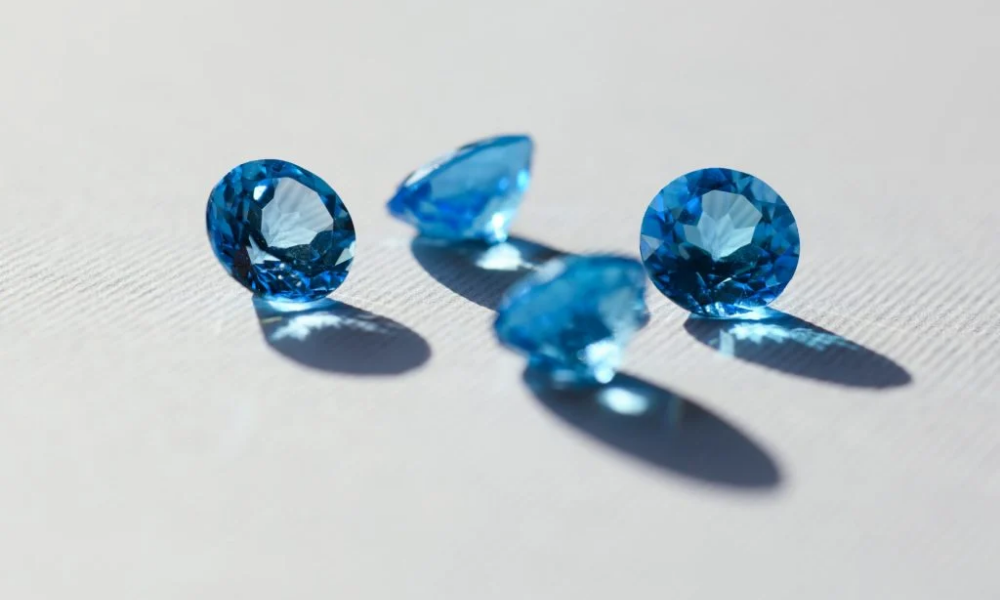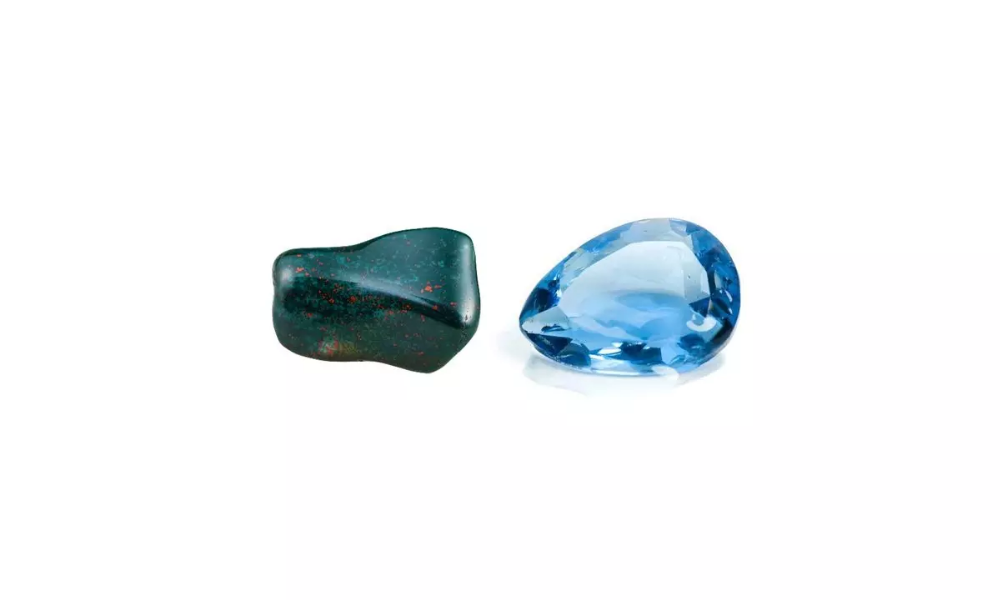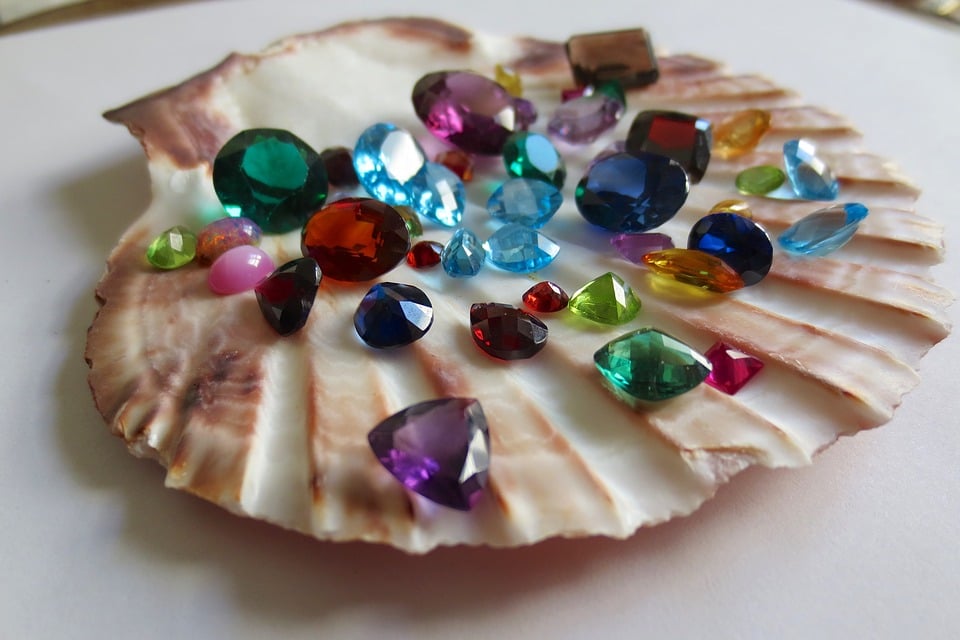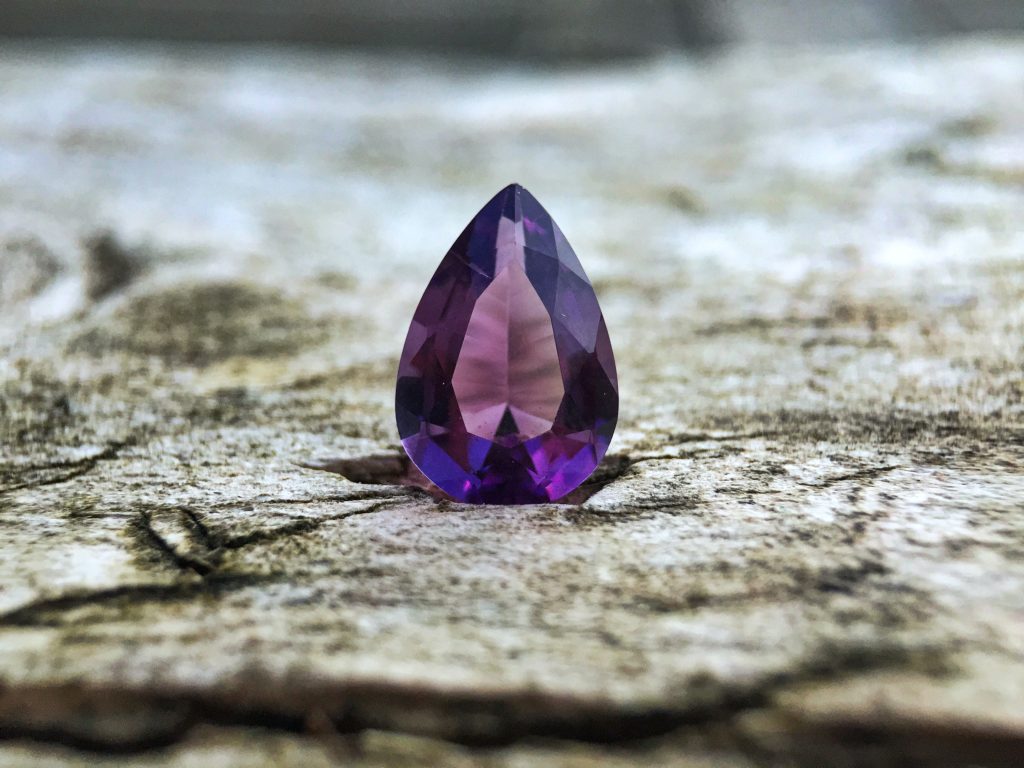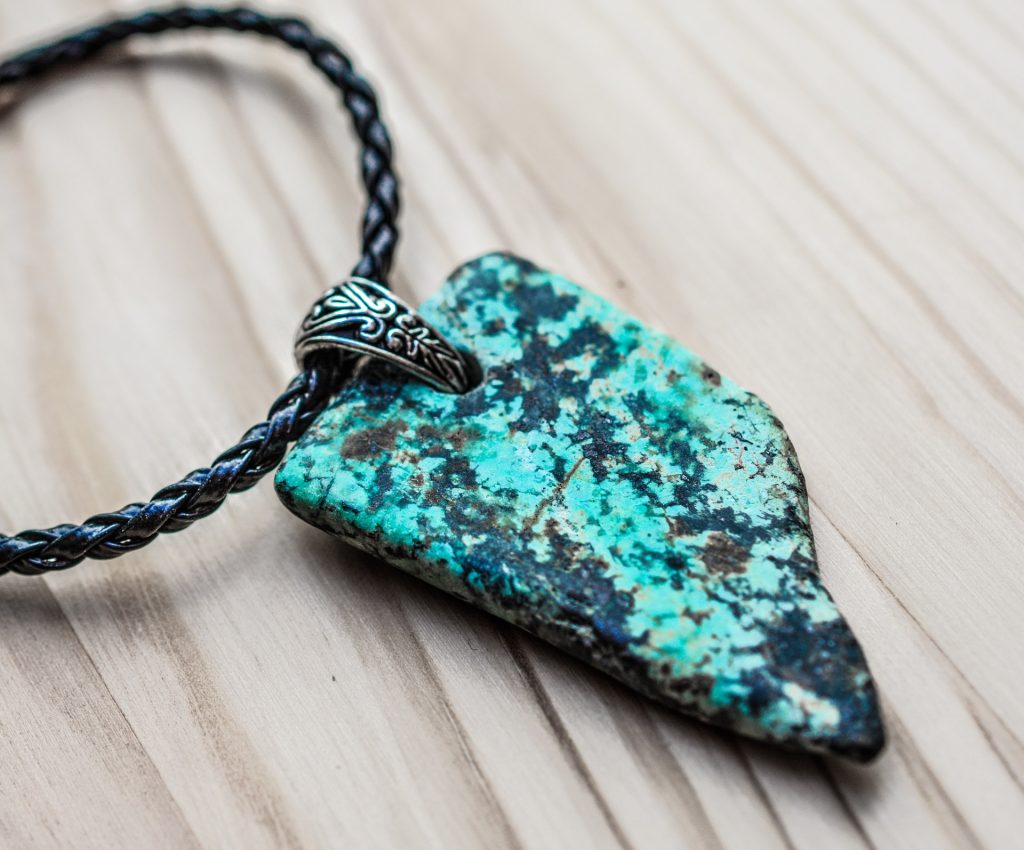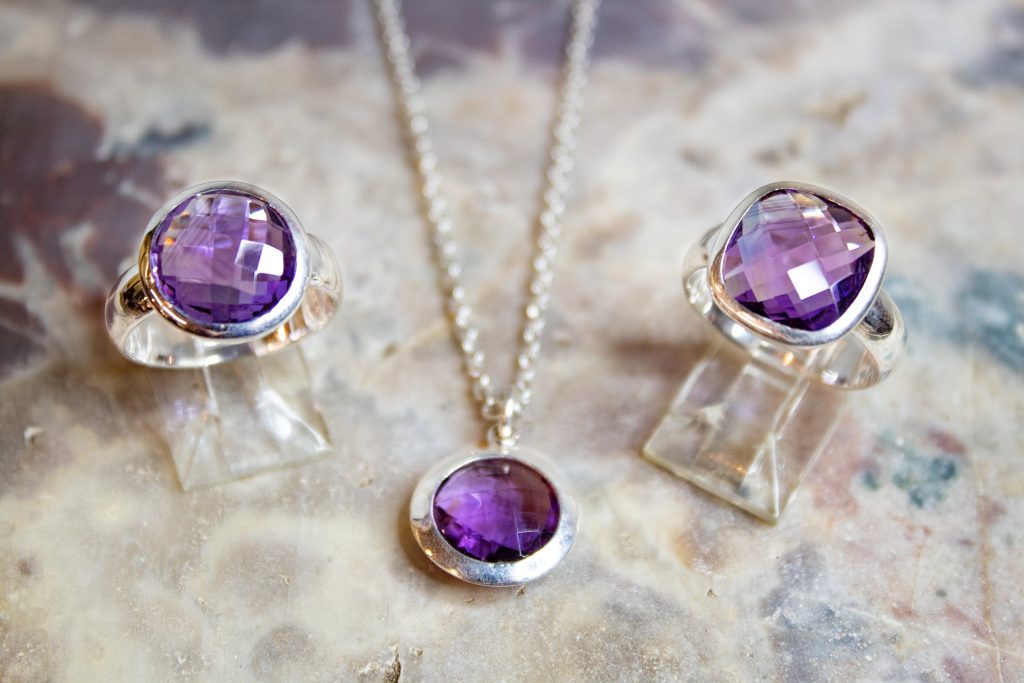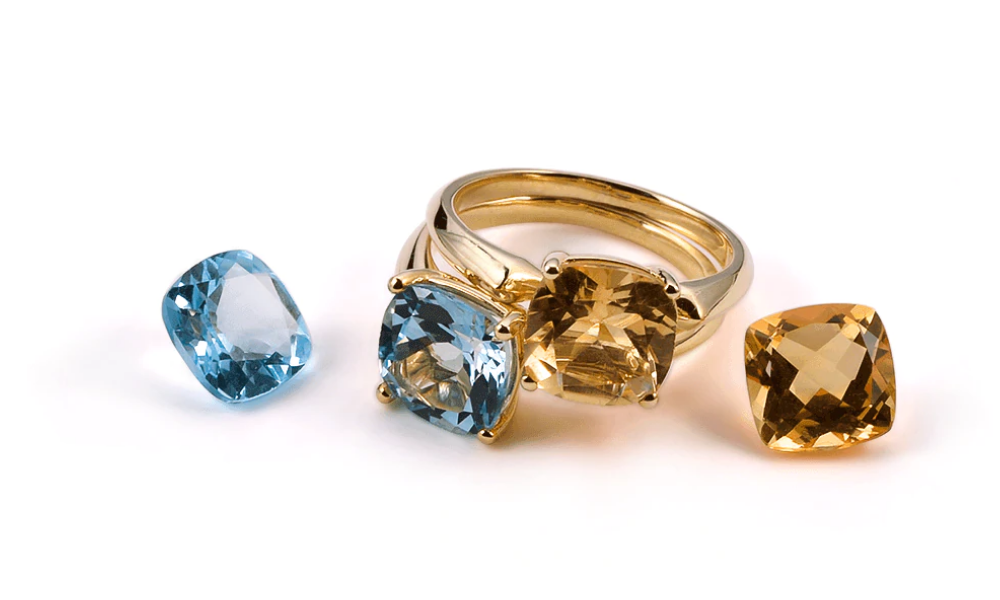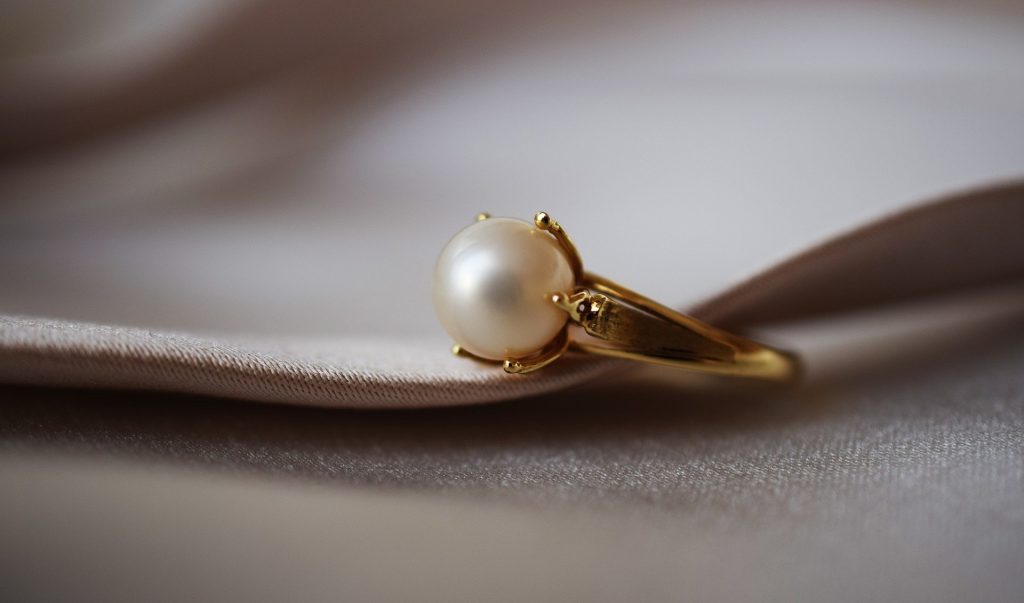People who are born in March are usually given aquamarines as their birthstone. Bloodstone and heliotrope are just two of the many names the stone goes by. There are also many other names for the stone. People in the past thought this gem was the birthstone for March, and they used it to show water. The stone has long been thought to have magical properties, so it has long been considered the traditional stone for the month; if you’re not sure which one is right for you this month, look at this list.
Aquamarine is the birthstone for March. The color of this stone is that of water, and it corresponds to the month’s zodiac sign, Pisces. As a result, it’s an excellent choice for jewelry and other month-end gifts. If you’re not sure what your March birthstone is, look at the list below.
The aquamarine is the birthstone for March. Many different meanings are associated with the stone, but in general, the gemstone’s color reflects the personality of the person who wears it. People will draw people to the person wearing an aquamarine necklace, for example, because of their bright personality and appearance. The stone’s color blue represents heavenly grace, making it an excellent choice for a March birthday. A blue gem will draw people’s attention, which is one of the reasons for its widespread use.
What Birthstone is for March?
If you were born in March, blessed you with the birthstone aquamarine. In the English language, the word aquamarine is a mixture of two words: aqua, which means water, and marina, which means sea. As a result, the gem is named after the breathtakingly stunning blue sea.
Aquamarine can be found worldwide, and it is the birthstone for March. The stone’s name comes from the ocean, and it is a blue variety of beryl that is valued for its beauty. The aquamarine is the birthstone for March, and it is also known as the March birthstone. Its calming effect is associated with water and is used to treat anxiety. The March birthstone is Bloodstone, a dark green gem flecked with red iron oxide. The primary sources for this gemstone are India, Brazil, and Australia.
The Bloodstone is a famous carving medium for religious scenes, particularly the Crucifixion, because of its rich crimson color. Around 1525, the Italian carver Matteo del Nassar created a particularly well-known carving. In “The Descent from the Cross,” the sculptor worked meticulously to create a piece in which spots of red on the Bloodstone depicted Christ’s wounds and drops of blood, and drops of blood symbolized his blood. According to legend, Bloodstone was produced during Christ’s Crucifixion and subsequent burial. The Bloodstone was created when a Roman soldier-guard stabbed Christ in the side with his spear, causing drops of blood to fall on some dark green jasper pieces lying at the foot of the cross, giving the stone its name.
Aquamarine
March’s two birthstones, aquamarine, and Bloodstone are incredibly different in appearance, yet they both have a reputation for preserving one’s well-being. The aquamarine birthstone evokes the colors of the sea. Faceted aquamarines range in color from deep green-blue to light, slightly greenish blue, and are frequently free of impurities and as pure as water, signifying spiritual and emotional purity.
The bloodstone birthstone is a dark-green cabochon with red iron oxide patches, representing the “blood” that offers health and strength to the wearer. Please continue reading to learn more about these two March birthstones, including what they signify and where to find them.
The serenely tinted aquamarine evoked the tranquillity of its namesake, the sea. Aquamarine is derived from the Latin words aqua, which means water, and marina, which means sea.
Colour Of The Aquamarine Birthstone
The aquamarine birthstone is associated with the sea and its colors. When faceted, aquamarines are frequently free of impurities and as clear as water, reflecting the purity of the spirit and soul. Their colors range from deep green-blue to light, somewhat greenish blue hues. Aquamarines have a blue color because iron is found in the deposits where they were formed, which makes them look that way.
These stones are primarily found in Brazil and Sri Lanka, and they also can be found in South-East Asia and Sri Lanka. They’re worth a lot of money for their beautiful color and flawless crystal structure, and they aren’t as well-known as other gems. Stones with deeper blue hues are thought to be more valuable because they are found less often in nature. This is led to jewelers who want to make their aquamarines look darker by heating them.
The History Of The Aquamarine
Aquamarine is a gemstone that has been associated with water and the seas for thousands of years. Its colors range from light blue to dark blue and even blue-green.
Roman fishermen referred to the gemstone as “water of the sea,” They utilized it as protection, for safe boat navigation, and good fortune when capturing fish. The gemstone aquamarine was associated with the apostle St. Thomas, who went by sea regularly. I also used it to alleviate overheating and bloating by ancient Roman physicians.
Aquamarine gemstones were prized by ancient civilizations such as the Sumerians, Egyptians, Hebrews, and Greeks. Mummies from Egypt were discovered with beads in them. It also thought that the High Priest of the Second Temple wore aquamarine stones etched with Israel’s six tribes. Two thousand years ago, humans in Greece etched motifs into aquamarine stones, resulting in the creation of the modern gemstone.
Care & Cleaning Of Aquamarine Birthstones
When measured on the Mohs scale, this March birthstone has a hardness of 7.5–8. It is durable enough to be worn daily, and it is simple to take care of the diamond. Scrub the area behind the birthstone using warm water, mild dish soap, and a toothbrush to remove any accumulated dirt. When there are no cracks or liquid inclusions in the gem, ultrasonic cleaners and steam cleaning are probably the safest cleaning methods.
Blood Stone
Bloodstone is the traditional birthstone for March, and it is also known as aquamarine in some circles. It is available in various shapes and cuts, the most common of which are the cabochon, cushion cut, emerald cut, octagonal, oval, and round.
It is also referred to as Heliotrope stone. Bloodstone is a natural, semi-precious gemstone found in the Chalcedony mineral family. It has a solid deep green body color with a light splatter of sharply contrasting and visible blood-red dots on the surface. According to legend, ‘Blood of Christ’ is associated with the color pattern in ancient times. Bloodstone is also known as the birthstone for March in western cultures.
Heliotrope/Gemstone
A cryptocrystalline mixture of quartz, heliotrope (also known as Bloodstone), is a mineral aggregate that occurs primarily as jasper or chalcedony but can also occur as amorphous quartz. The “classic” Bloodstone is an opaque green jasper with red hematite inclusions that is opaque green in color. The red inclusions in the stone may resemble blood spots, which is why it is known as Bloodstone.
History Of The Blood Stone
Bloodstone, according to legend, was formed when drops of Christ’s blood fell and stained some jasper at the foot of the cross, resulting in its formation. As a result, it is referred to as possessing extraordinary abilities. Medieval Christians once used Bloodstone to carve scenes of martyrs’ Crucifixion into the stone; as a result, they referred to Bloodstone as the martyr’s stone. Pre-539 BC, the Babylonians used Bloodstone to craft amulets and talismans with healing properties. Bloodstone is an ancient gem material that has been used to craft amulets and talismans for centuries. The Ancient Egyptians believed that Bloodstone could make a person stronger and stealthier in battle and even make them invisible to their adversaries.
Superstitions & Legends
Albertus Magnus. Alludes to various mystical qualities attributed to heliotrope dating back to Late Antiquity. The magicians employed it as an invisibility stone, according to Pliny the Elder (1st century). 4th century. Dameron wrote about its ability to generate rain, solar eclipse, divination, and youth preservation. According to Christian mythology, the crimson stains are from the blood splattered on the stone during Jesus’ execution by a Roman soldier.
The stone was believed to slow bleeding and was worn by Roman troops. In India, it is believed that placing on wounds and injuries after immersing in cold water will stop bleeding, possibly due to the iron oxide in the stone acting as an astringent. The Gnostics wore the stone as an amulet for longevity, riches, courage, stomach strength, and happiness. Used it in medieval livestock husbandry. They wore it to earn recognition, favor, endurance, and protection from nasty beasts’ bites. It was a successful talisman for Greek and Roman athletes.
Care & Cleaning Of Blood Stone
To clean your Bloodstone, run it under tepid water. Many crystals prefer natural water; thus, spring water is preferred, but any water will do. You can also leave your Bloodstone in the soil to pull toxins out naturally.
What Does The Birthstone Mean?
In this case, it is the birthstone. Noun. People born in a particular month or under that sign of the zodiac are said to be lucky if they wear a stone linked with that month or sign.
In the United States, birthstones are gems that go with a particular month of the year. Each stone has a different meaning and significance, and they all go together. Many people can tell you what their birthstone is when you ask them that question. People today often wear birthstone-themed jewelry, like necklaces or rings, or earrings. This is a way to remember to celebrate your birthday all year long. There are many other types of gifts and keepsakes that use birthstones or the colors that represent them, making birthday shopping easy and fun. Birthstones are a part of modern society, and it has been thought for a long time that wearing your birthstone is a sign of good health and luck. Take a look at your birthstone to see which one is right for you.
How To Wear Bloodstone?
Keep a Bloodstone in a bowl of water by your bed for undisturbed sleep. Wear it or keep it in your purse or pocket to boost your energy and vitality. Bloodstone is used in healing grids or crystal body layouts to cleanse and rebalance lower chakras.
While we believe it is safe to put Bloodstone in water, we do not recommend soaking it for long periods. So, what? The red specks in Bloodstone are usually iron oxide impurities.
What Is The Appearance Of A Bloodstone?
Bloodstone is an opaque polycrystalline chalcedony (a form of quartz) composed of dark green jasper with patches or larger areas of crimson, iron oxide inclusions. It is found in a variety of settings, including jewelry. These inclusions have the appearance of blood spots, which is how they got their name.
In its most basic form, Bloodstone is a deep green to practically black gemstone with red, orange, or brown staining caused by iron oxide inclusions, particularly Hematite. The presence of the mineral Chlorite, or a combination of minerals known as Hornblende, causes the dark green backdrop to be generated.
What Finger Do you Wear your Birth Stone on?
When it comes to the little finger (or pinkie), wearing a birthstone ring is a great way to express yourself uniquely and personally. Believe it or not, the little finger garners more attention than the thumb, despite its diminutive size. Makes it an excellent location to display commitment to a particular institution, cause, or family through the usage of birthstones.
Where Can I Find Aquamarine?
For the past two centuries, the Brazilian state of Minas Gerais has been a significant producer of aquamarine. Traveling there will reveal a shifting landscape: rocky hills, rivers, and scrub brush dominate the central and eastern sections; savannahs, woods, and streams crisscross the west; and lush green hills sweep southward. Aquamarines can be found in both primary (hard rock) and secondary (weathered) pegmatite deposits in the state’s eastern region, near Teófilo Otoni, the state’s gem hub.
Aquamarine can also be discovered in Pakistan’s Karakorum foothills. Miners must climb steep trails to 9,800 to 13,000 feet (3,000 to more than 4,000 meters) and work the sides of dangerous cliffs to reach the deposits. Fertile valleys, gushing rivers, and minor settlements lie beneath this harsh rocky terrain. This area’s aquamarine has been described as “water transparent.
What Is The Monetary Value Of Aquamarine?
The price of Aquamarine gemstone varies from 700 Indian rupees ($ 9.64) per carat to 15,000 Indian rupees ($ 206.55) per carat, and even more in some instances. Prospective purchasers can determine the worth of aquamarine gemstones by using an aquamarine value chart. If we had to estimate, a 1-carat aquamarine would cost roughly $675 per carat, and a 2-3-carat aquamarine would cost approximately $1,000 to $1,500 per carat. The price of diamonds would climb by around 40 percent to 60 percent if the carat weight increased.
Conclusion
March’s birthstone is aquamarine. This stone is the birthstone for March and is found worldwide. The stone is a blue variety of beryl. March’s birthstone is the aquamarine, also known as the March birthstone. It has a calming effect and is a good stone for expressing love and gratitude. Bloodstone, commonly known as heliotrope, is a dark-green variation of the silica mineral chalcedony with bright-red jasper nodules strewn around. Polished parts reveal crimson dots on a dark-green backdrop, and the name comes from the similarity of these to blood drops. Bloodstone was highly valuable in the Middle Ages and was used in sculptures depicting flagellation and martyrdom; however, it has since lost its significance.

